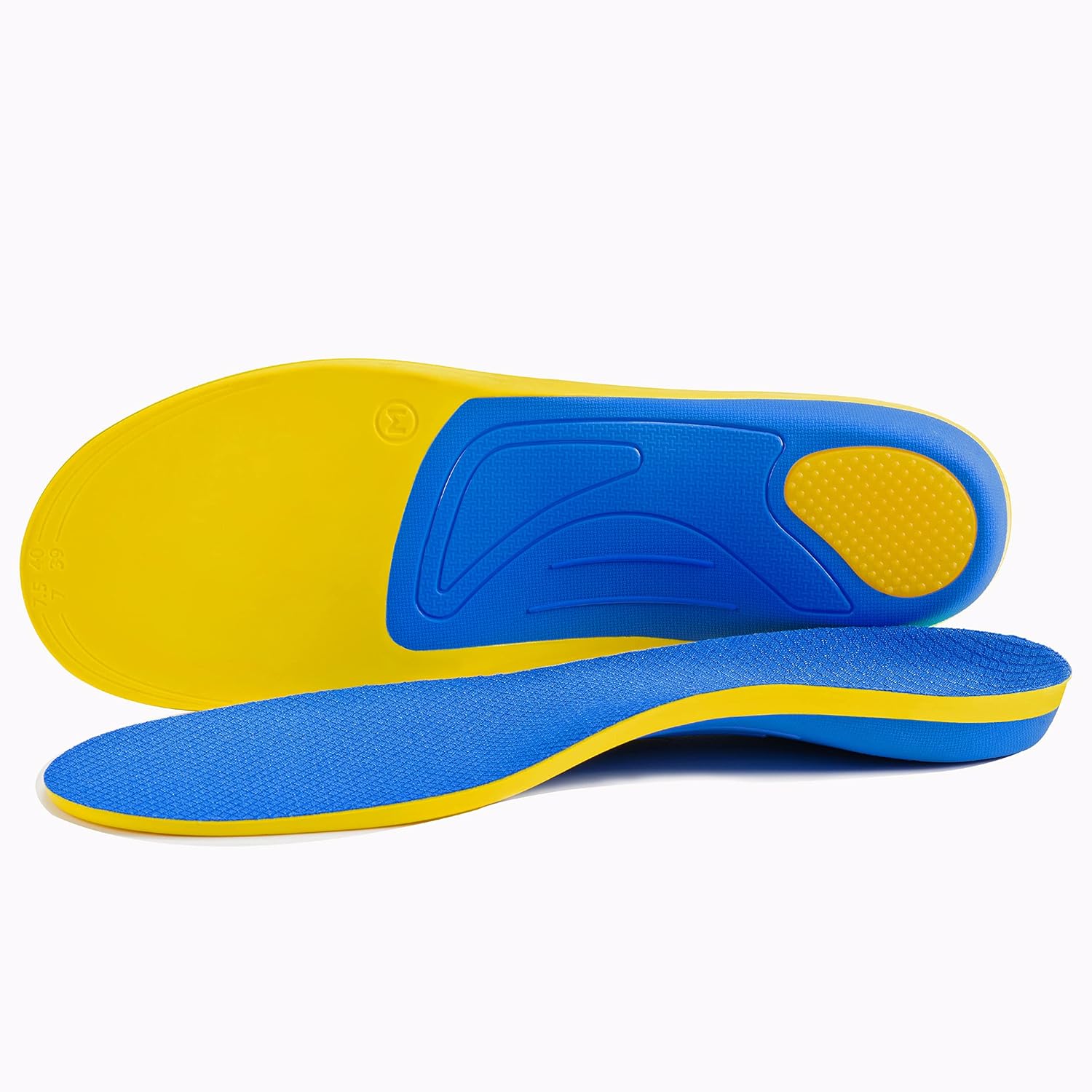Discover the essential guide to understanding, preventing, and treating ingrown toenails. Dive into expert insights on causes, symptoms, and effective remedies to ensure your feet remain healthy and pain-free. Embrace comprehensive care for optimal foot health today.

Introduction
Ingrown toenails, a common yet often painful condition, can significantly impact your daily comfort and foot health. This guide delves into the root causes, symptoms, and both home-based and professional solutions for managing ingrown toenails. By equipping yourself with the right knowledge, you can navigate the challenges of ingrown toenails with confidence and ease.
Table of Contents
Understanding the Root Causes of Ingrown Toenails

Ingrown toenails, a common and often painful condition, arise from several factors. Recognizing these triggers is key to effectively preventing and treating ingrown toenails.
Nail Trimming Errors
Over-Trimming: Cutting toenails too short or rounding the corners excessively can prompt the nail to grow into the skin. It’s crucial to adopt correct nail-cutting techniques to maintain toenail health.
Injuries: Toenail injuries, such as stubbing your toe or dropping something heavy on it, can lead to ingrown toenails. Being mindful and protecting your toes from harm can help prevent such outcomes.


Unsuitable Footwear
Tight Shoes: Footwear that fits poorly or is too tight can press the toenails into the skin, leading to ingrown toenails. Choosing well-fitting shoes that offer sufficient toe space is essential for preventing this issue.
High Heels: While stylish, high heels can push your weight forward onto your toes, increasing the risk of ingrown toenails. Wearing high heels sparingly and selecting the right size can mitigate this risk.
Genetic Factors
Some people are naturally more prone to ingrown toenails due to their genetic makeup, which can affect toenail shape and growth patterns. Understanding your genetic predisposition can help in managing and preventing ingrown toenails more effectively.
By acknowledging and addressing these primary causes, you can lessen the likelihood and discomfort of ingrown toenails, leading to healthier and happier feet.
Identifying Ingrown Toenail Symptoms for Timely Treatment
Spotting the early signs of ingrown toenails is crucial for quick treatment and relief. These symptoms can vary in severity, but there are several key indicators to be aware of:
Discomfort and Sensitivity
Pain: The hallmark symptom of an ingrown toenail is a distinct pain along the toenail’s edge, which can be sharp or pulsating. The intensity of this pain can range from a mild annoyance to severe discomfort, influenced by the nail’s degree of ingrowth.
Sensitivity: The skin adjacent to the ingrown toenail often becomes highly sensitive, reacting painfully to even light touches or pressure from shoes, highlighting the area’s heightened tenderness.
Inflammation and Puffiness
Inflammation: A clear sign of an ingrown toenail is the reddening of the skin surrounding the nail, signaling inflammation. This redness can stand out significantly, indicating the body’s response to the ingrown nail.
Swelling: Accompanying the redness, swelling is a common symptom, with the affected area appearing enlarged due to the buildup of fluids and increased blood circulation as part of the healing process.
Warmth: The inflamed area around an ingrown toenail might also feel unusually warm, a direct result of the inflammation and heightened blood flow to the site.
Impaired Mobility
Walking Discomfort: The discomfort and pressure from an ingrown toenail can make walking or even standing a painful ordeal. This can significantly affect your ability to perform daily activities comfortably.
Shoe Discomfort: Finding footwear that doesn’t aggravate the pain becomes challenging, as shoes may press against the tender area, exacerbating the pain and making it difficult to wear them for extended periods.
Infection Indicators
Pus Formation: In more severe cases, ingrown toenails can lead to the development of a pus-filled blister near the ingrown area, signaling a possible infection. This condition requires prompt medical attention to prevent further complications.
Recognizing these symptoms early and taking appropriate action is essential in managing ingrown toenails effectively. Addressing the condition promptly can help avoid complications and restore comfort and mobility. If symptoms persist or worsen, seeking professional medical advice is recommended to ensure proper care and treatment.
Exploring Ingrown Toenail Remedies
Treating ingrown toenails involves a variety of strategies tailored to the condition’s severity. Below are effective remedies to alleviate pain and foster recovery:

Warm Water Foot Soaks
Benefits: Immersing the affected foot in warm water softens the surrounding skin and decreases swelling, offering relief from discomfort.
Enhancements: To boost the soak’s effectiveness, you might add:
- Epsom Salt: Incorporating Epsom salt can help diminish inflammation and aid in the healing process.
- Antiseptic Solutions: A mild antiseptic added to the soak can prevent infection, crucial for ingrown toenail care.
Elevating the Nail Edge
Technique: Gently elevating the edge of the ingrown nail can provide significant relief by separating the nail from the skin.
Cotton or Dental Floss Technique
Purpose: Placing a small piece of cotton or dental floss under the nail’s edge can guide the nail to grow correctly, preventing further ingrowth and easing pressure on the affected area.
Antibiotic Ointment Application
Infection Control: Applying an antibiotic ointment is vital for keeping the area free from infection, promoting a healthier healing environment.
Pain Management
Relief Options: Over-the-counter medications like ibuprofen or acetaminophen can be effective in managing pain and reducing inflammation temporarily. Always adhere to the recommended dosages.
For home treatments, maintaining cleanliness and being gentle are paramount to avoid aggravating the condition. Should the ingrown toenail not improve, exhibit signs of infection, or if pain escalates, consulting a healthcare professional is essential. They can provide specialized treatments or surgical options to rectify the problem and prevent recurrence.
Guidelines for Ingrown Toenail Prevention and Optimal Foot Health
Avoiding ingrown toenails is both possible and recommended. Implementing the following strategies can help you steer clear of this painful condition and ensure your feet remain healthy.
Correct Nail Trimming Practices
Straight Cuts: Trim your toenails straight across to discourage the sides of the nail from burrowing into the skin. Rounding the corners too much can lead to ingrown nails.

Appropriate Length: It’s vital to keep your toenails at a length that’s neither too short nor too long. Overly short nails can press against the surrounding skin, while too long nails are prone to injury. Find a happy medium that keeps your nails healthy and free from pressure.
Choosing the Right Footwear
Fit is Key: Wear shoes that offer enough room for your toes to wiggle freely. Tight shoes, especially those with narrow fronts, can compress your toenails and contribute to ingrown nails. Select shoes that match the natural shape of your foot.

Use of Inserts: For those with specific foot conditions, orthotic inserts or insoles can provide extra support and cushioning, further reducing the risk of ingrown toenails.
Maintaining Foot Hygiene
Clean and Dry Feet: Regular washing of your feet with soap and warm water is crucial, as is thoroughly drying them afterward. This prevents the softening of the skin around your nails, which can lead to ingrown toenails.

Use of Foot Powder: Applying foot powder can help absorb excess moisture, keeping your feet dry and reducing the chance of nail ingrowth, especially for individuals prone to sweaty feet.
Minimizing Toe Trauma
Activity Precautions: Exercise caution during activities that could injure your toes, like sports or manual labor. Choosing the right protective footwear for these activities can prevent toe injuries that might lead to ingrown toenails.
Protective Gear: In environments with a higher risk of foot injury, opt for protective footwear that guards against impacts and accidents, safeguarding your toes from potential harm.
Incorporating these preventative steps into your daily care routine can greatly diminish the risk of developing ingrown toenails, contributing to overall foot health and comfort. Caring for your feet is a crucial aspect of maintaining your body’s health, and these simple yet effective practices can ensure your feet stay in top condition.
FAQ Section
Q: What causes ingrown toenails?
A: Ingrown toenails can result from improper nail trimming, wearing tight or poorly fitting shoes, genetic predisposition, and injuries to the toenail.
Q: How can I recognize an ingrown toenail?
A: Symptoms include pain and tenderness along the edge of the toenail, redness, swelling, and sometimes an infection marked by pus formation.
Q: What are some effective treatments for ingrown toenails?
A: Treatments range from warm water soaks and correct nail trimming techniques to professional procedures like cryotherapy, nail surgery, and antibiotic ointments for infections.
Q: Can ingrown toenails be prevented?
A: Yes, by trimming toenails straight across, wearing properly fitting shoes, maintaining foot hygiene, and using orthotic devices if necessary.
Conclusion
Ingrown toenails, while troublesome, can be effectively managed and prevented with the right care and precautions. Understanding the underlying causes and adopting appropriate foot care practices are key to maintaining healthy, pain-free feet. Whether through simple home remedies or seeking professional treatment, addressing ingrown toenails promptly can prevent complications and ensure your feet stay in top condition. Remember, your feet carry you through life’s journeys—taking care of them is not just about comfort but about overall well-being.










